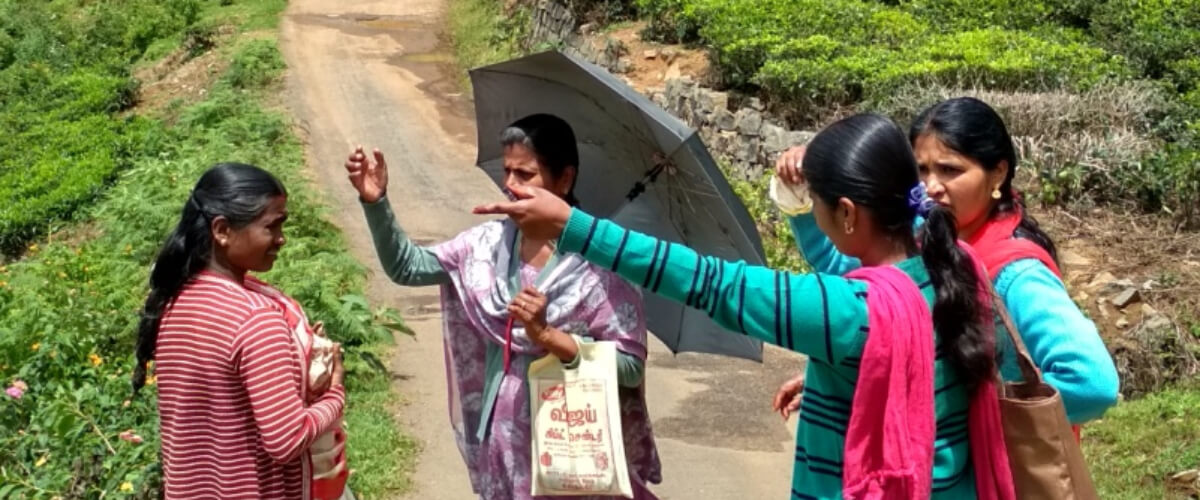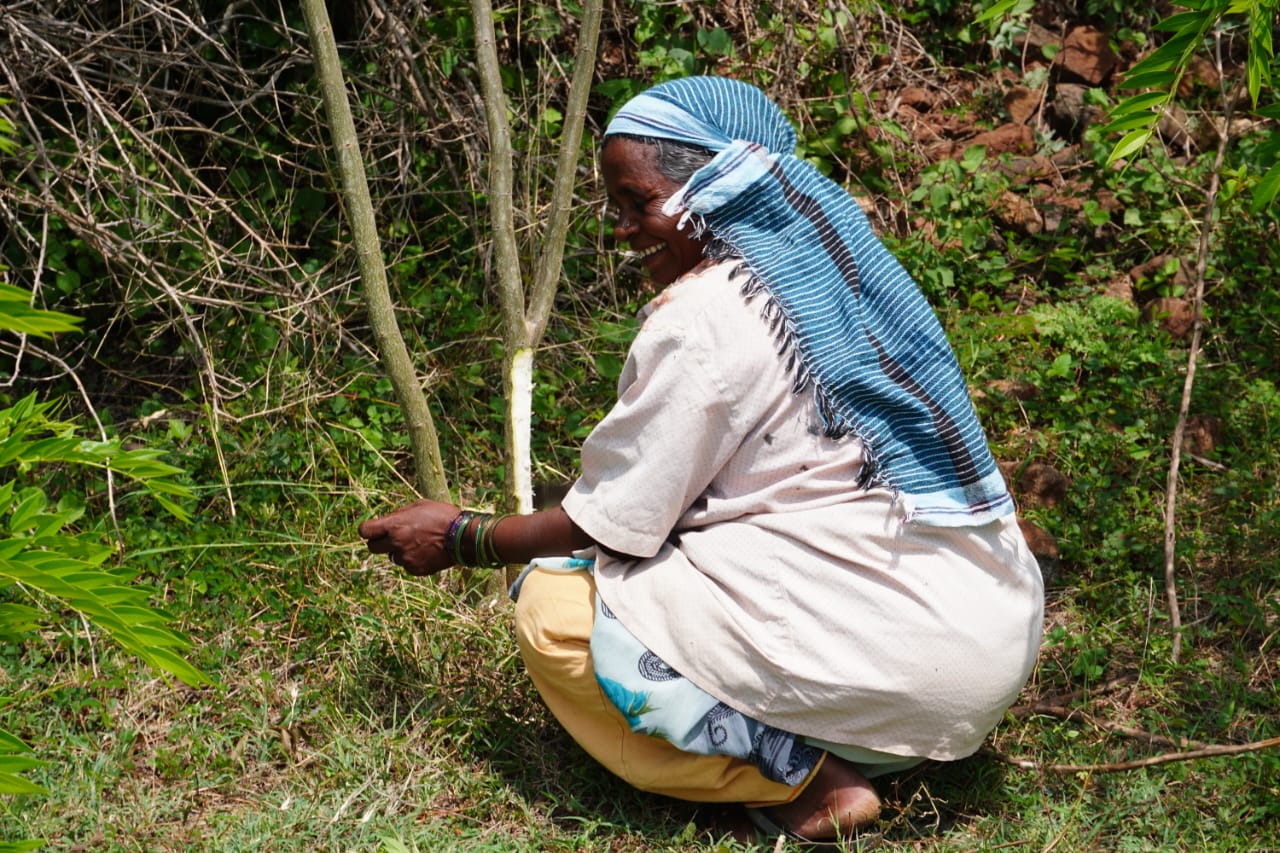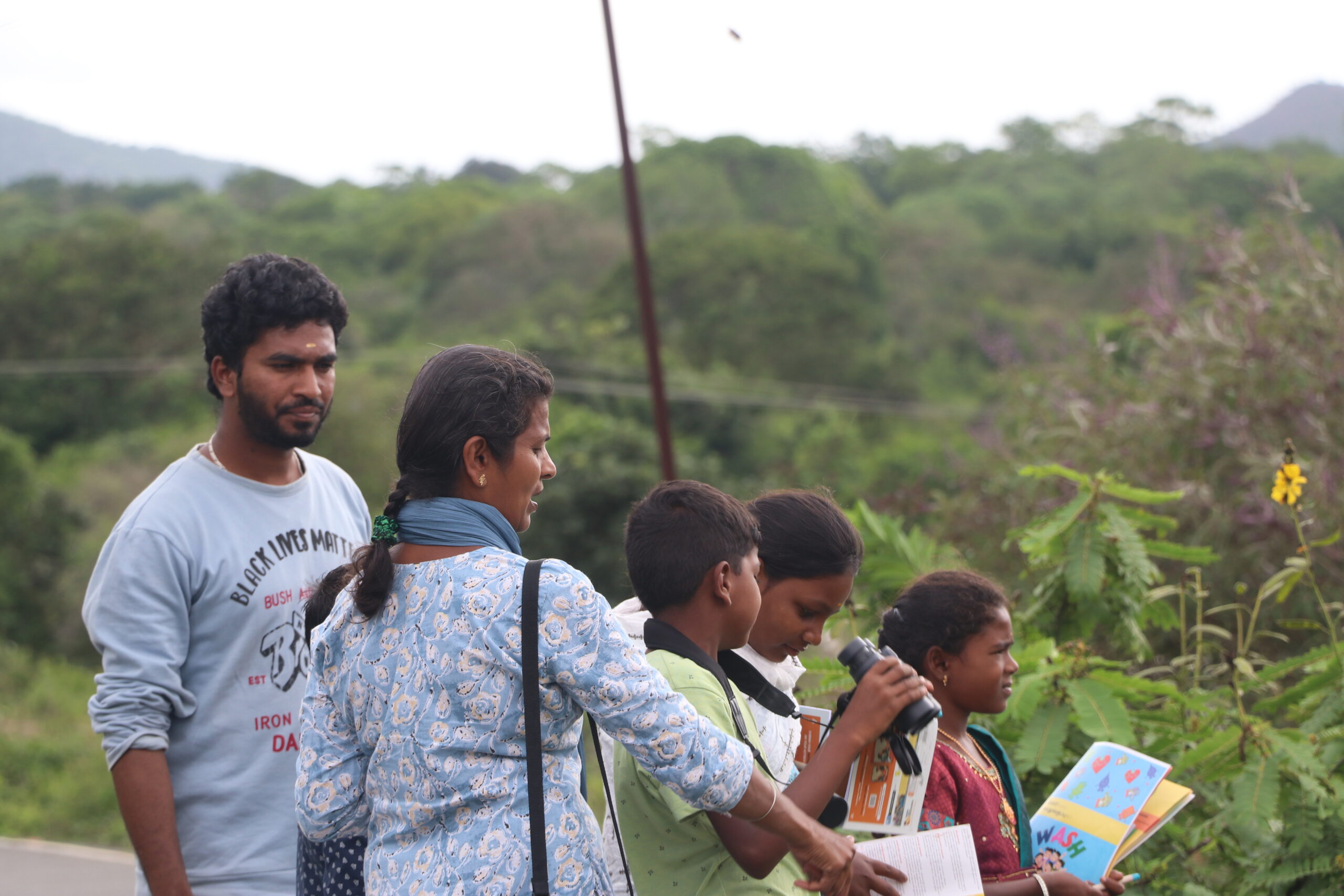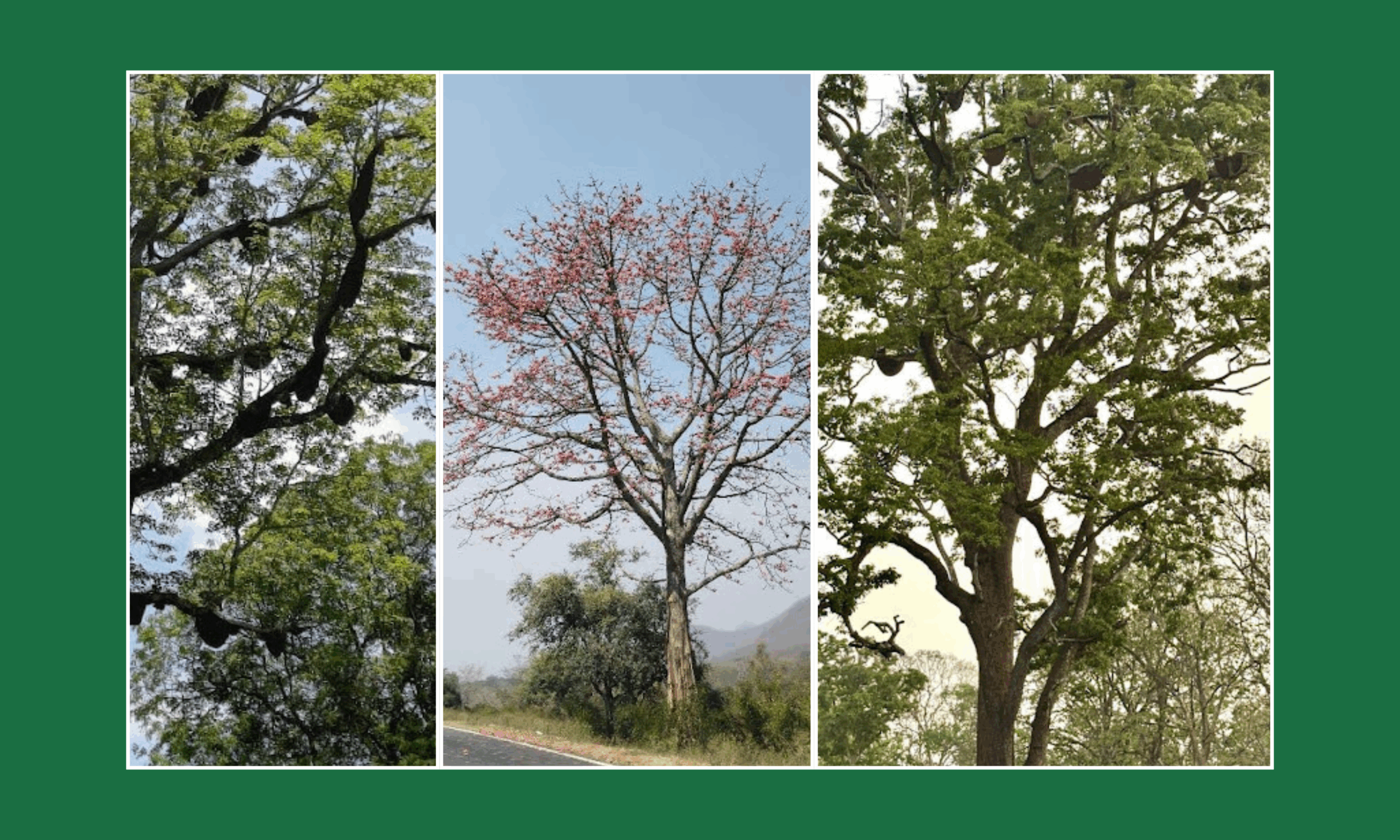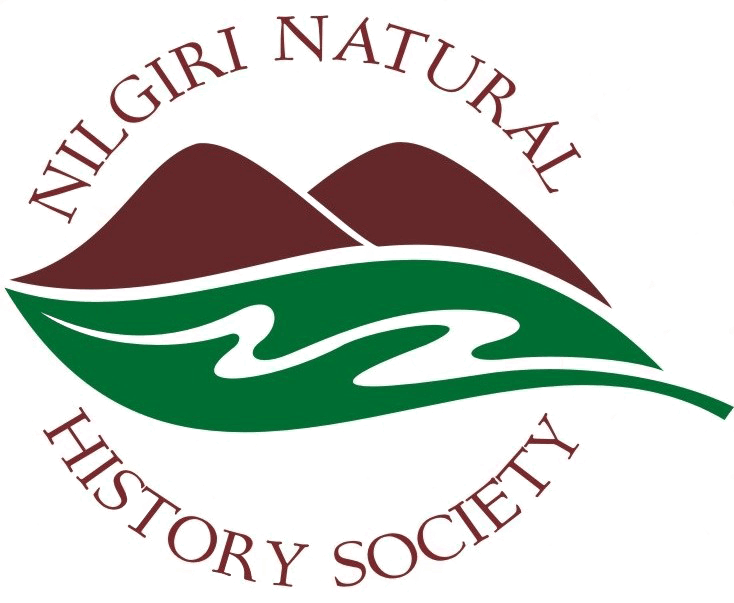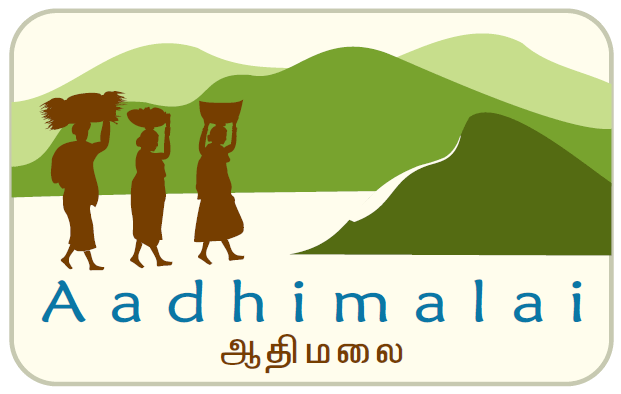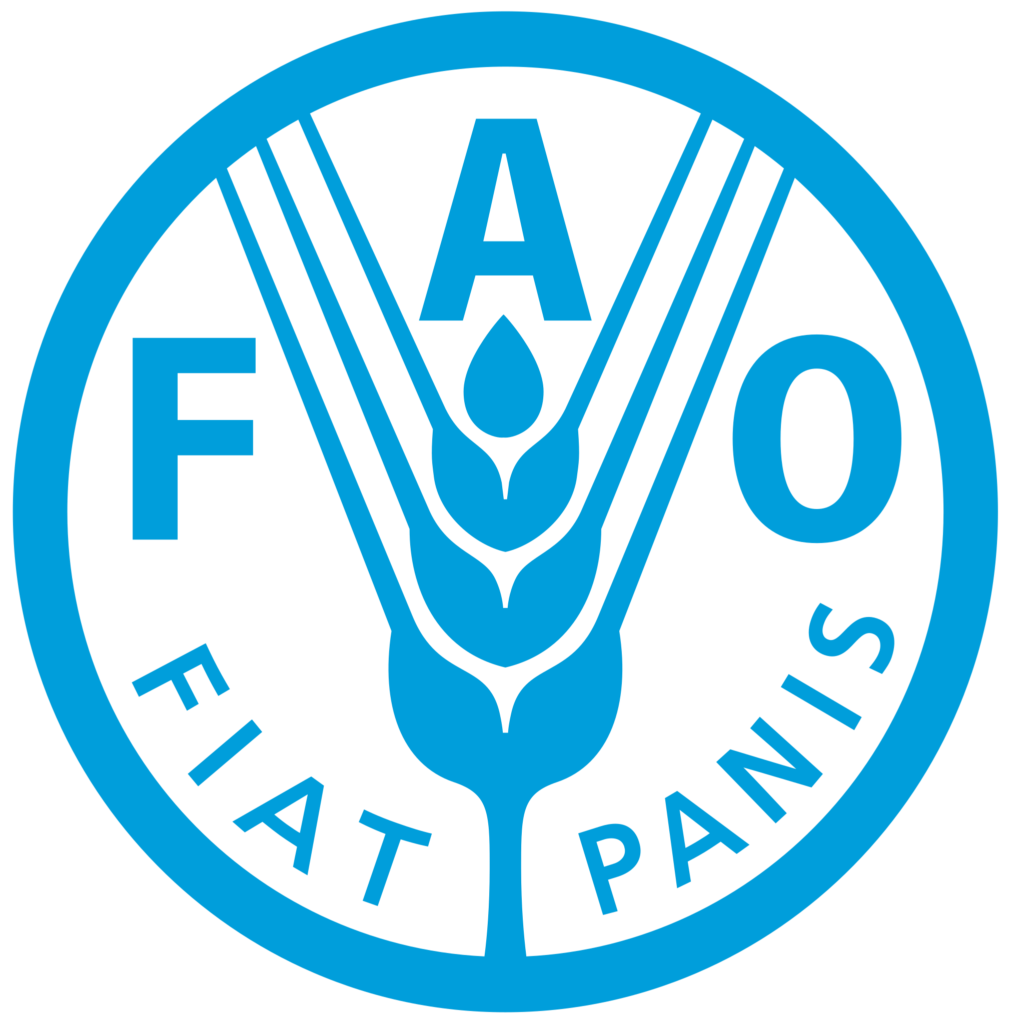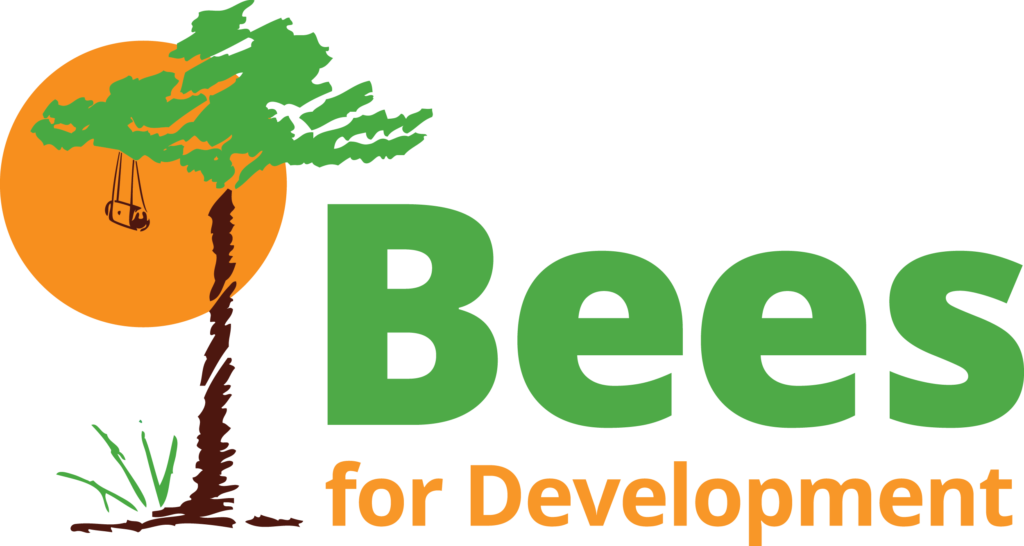It has been a year since Ponamma and Shailaja started monitoring wildlife movement around water sources in Kotagiri town. They record observations in five areas each, twice a week, by noting down the different animals that visit these sources. Accompanying each other for their monitoring activities, they prepare for a full days field work by packing some snacks for the road, along with their respective water bottles and umbrellas to protect them from rain and shine. Being representatives of the larger community in Kotagiri, they are well versed with the routes and maintain good relationships with the locals.
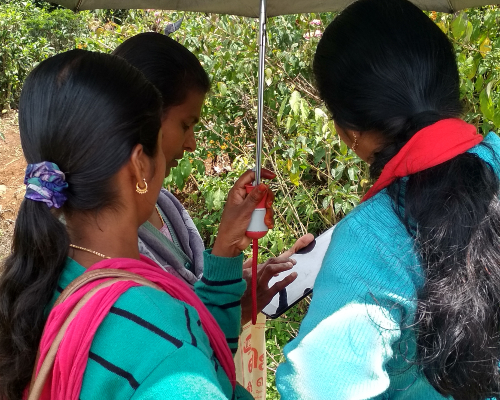
They bring back water and wildlife related news from the community as well communicate the importance community participation in protecting and maintaining water sources for long term sustenance. And this is no easy job as they are constantly faced with challenging questions from the community who expect quick fixes to issues that cannot be addressed without participation from all stakeholders, including governing bodies.
However, they still manage to play an integral part in a project that aims to improve water security and equity for humans and wildlife. That is why they were entrusted with the role of identifying and training new volunteers from the community to carry out the same work in different areas. I had the chance to accompany them on one such training with a new volunteer, Bharathi.
One bright sunny Friday, I met Shailaja at a common point to join Ponamma and Bharati at a place called Dopicanna. While walking to the last location, Agal, Ponamma explained the larger picture of the project, connecting water & waste, and wildlife issues. It was nice to see the number of people that greeted us on our journey, well aware of the monitoring activity we set out to do. In fact, one man even warned us about the neighbourhood bear that lurks around the Agal source.
A young boy on a cycle humoured himself with the fact that two middle aged women would come diligently twice a week to note down and take pictures of animal markings-scat, dung, hoofmarks, pug marks, etc. He soon became their friend and would name the kind of animals he had seen close to the source in the previous week, becoming an informant with secondary information.
Once we reached the stream in Agal, Ponamma took out the tab to show how observations were made and recorded. Initially this was done by using data sheets but to make things easier and quicker, an application called “Open Data Kit” is currently being used. This avoids double work for data entry where observations once recorded by the volunteers can be directly uploaded and accessed on the drive. It even saves storage as photos taken on the app uploads straight to the drive rather than taking up storage on the device being used.
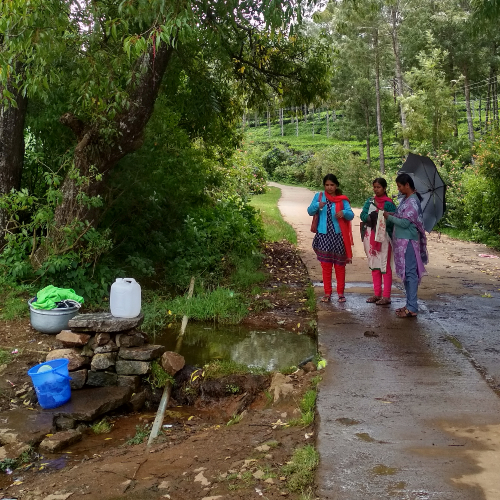
Each observation is a recording of the date, time, location of observation (latitude and longitude), name of the village, usage, water source code-a code generated by the team based on the inventory of the source, animals seen directly, behaviour of the animal seen directly (if any), indirect sightings of the animal, barrier details (if present), access details, notes and photos.
Usually the wildlife monitoring site is not at the source as access for wild animals is restricted. Instead, a stream close to the source is monitored for indirect sightings. After some observations were exemplified, Bharathi did some on her own at different sites while Shailaja oversaw the process. Overall the day was a fruitful one- not only did Bharati gain new skills and the project a new volunteer, but we also managed to raid a custard apple tree, giving the bears some competition.
By Nayantara Lakshman

